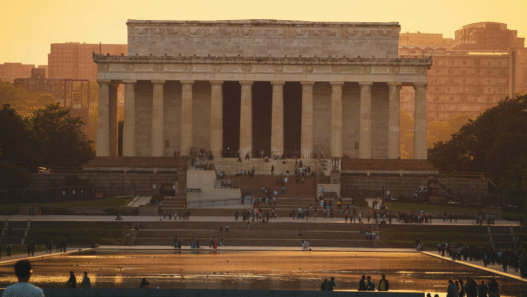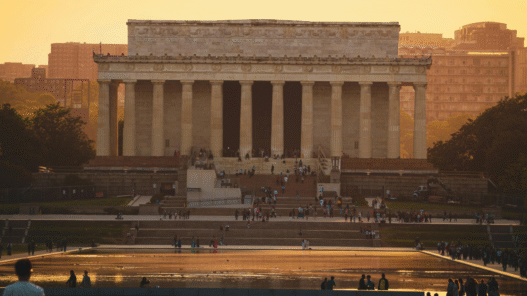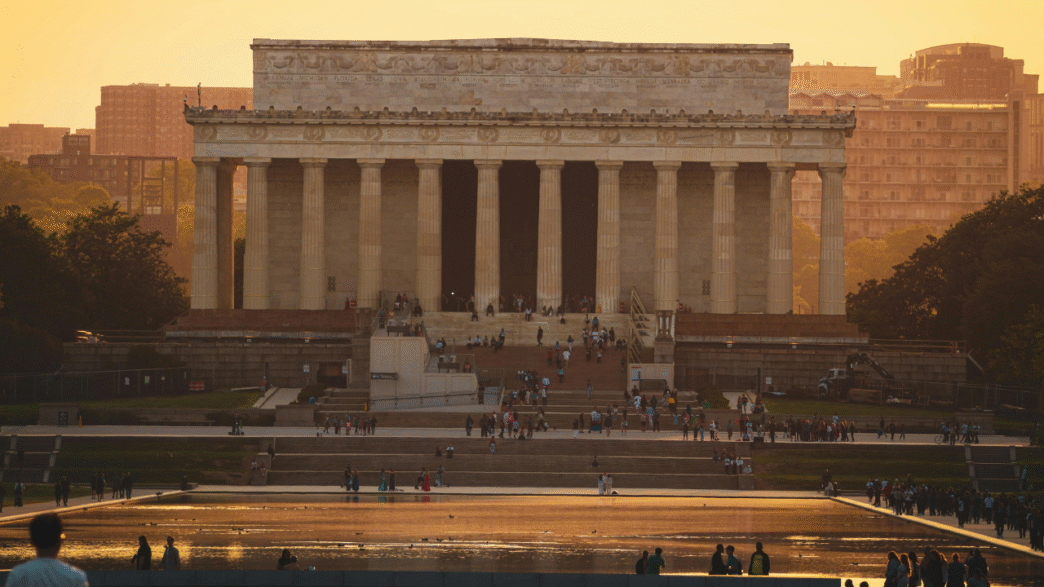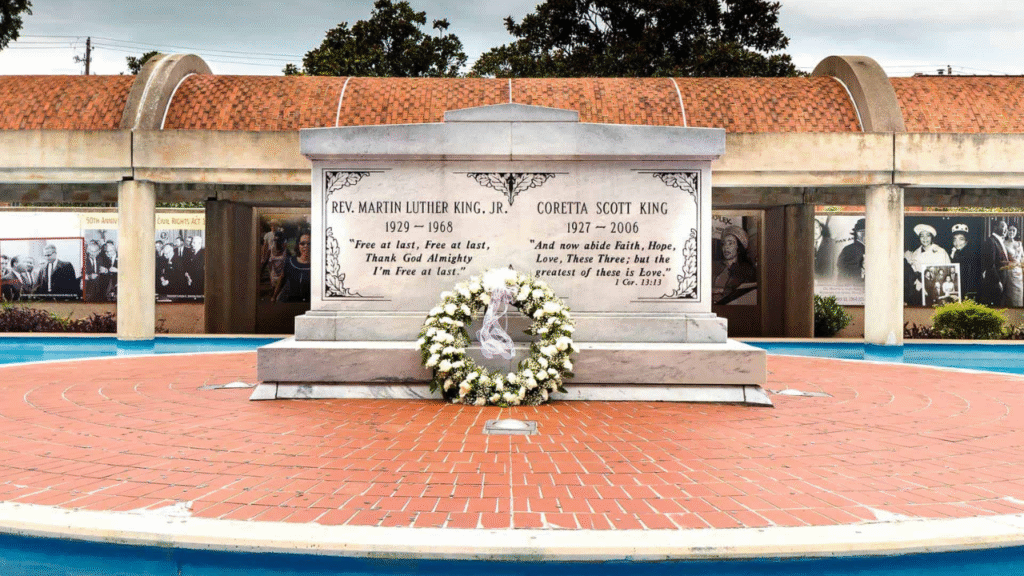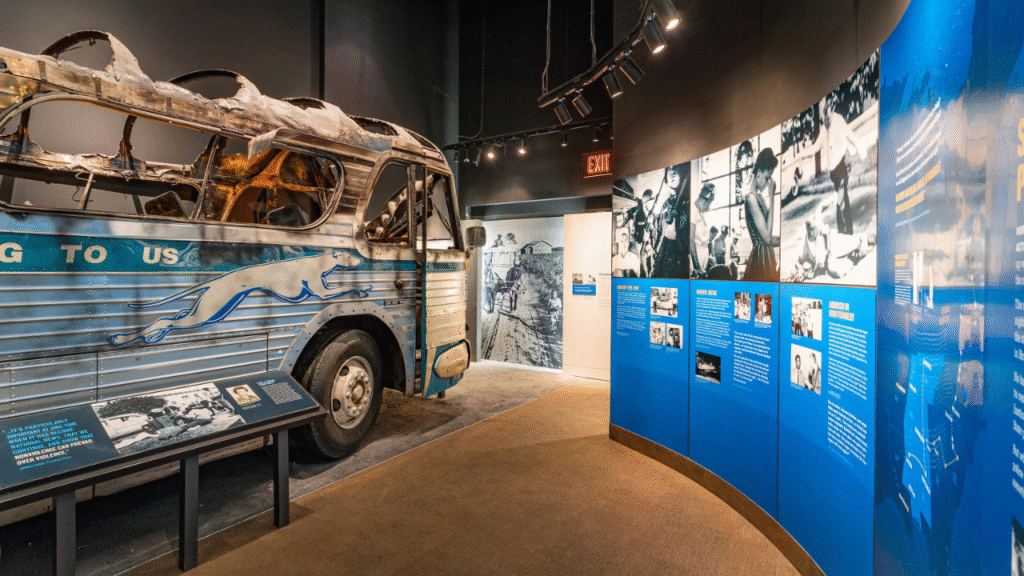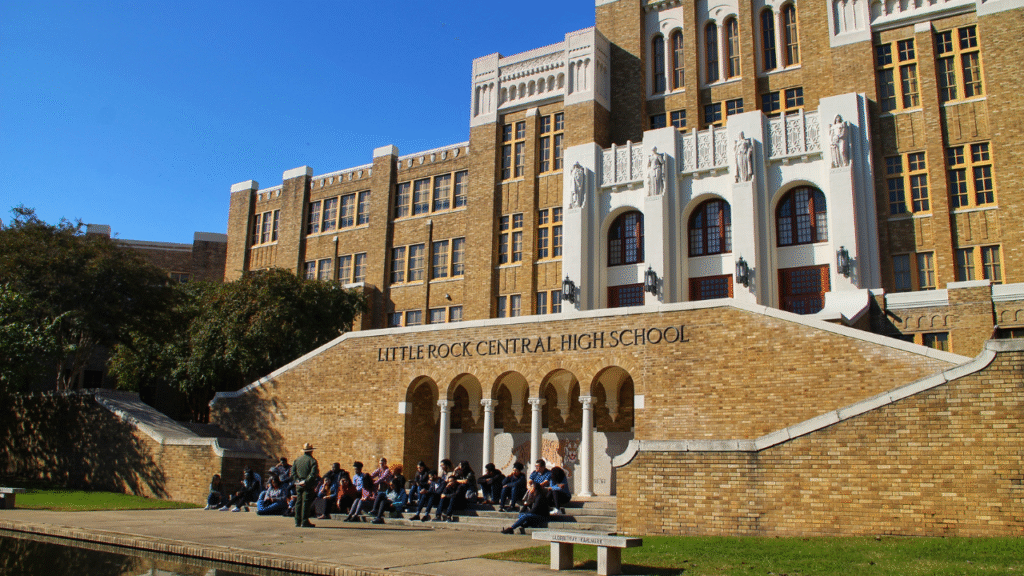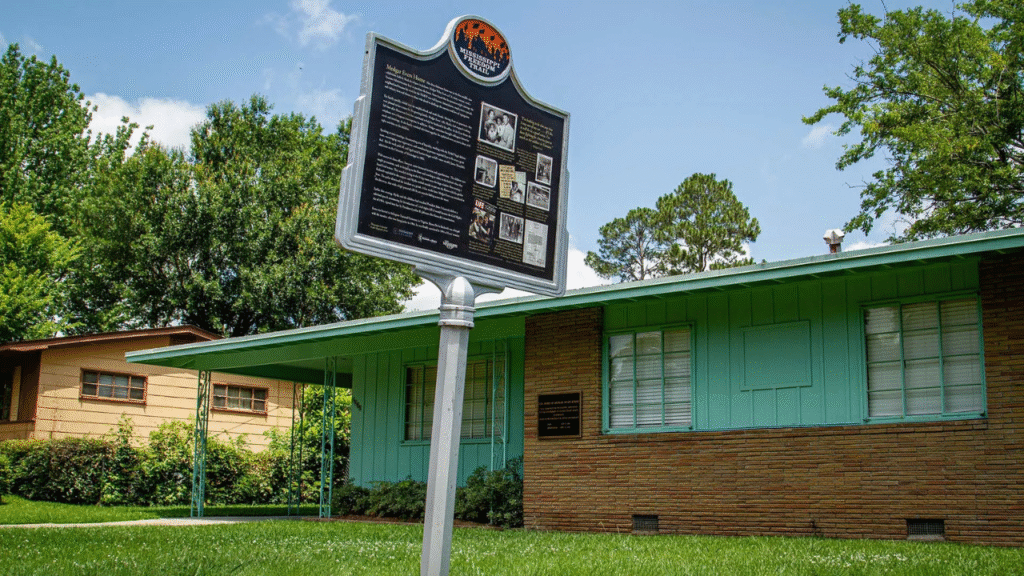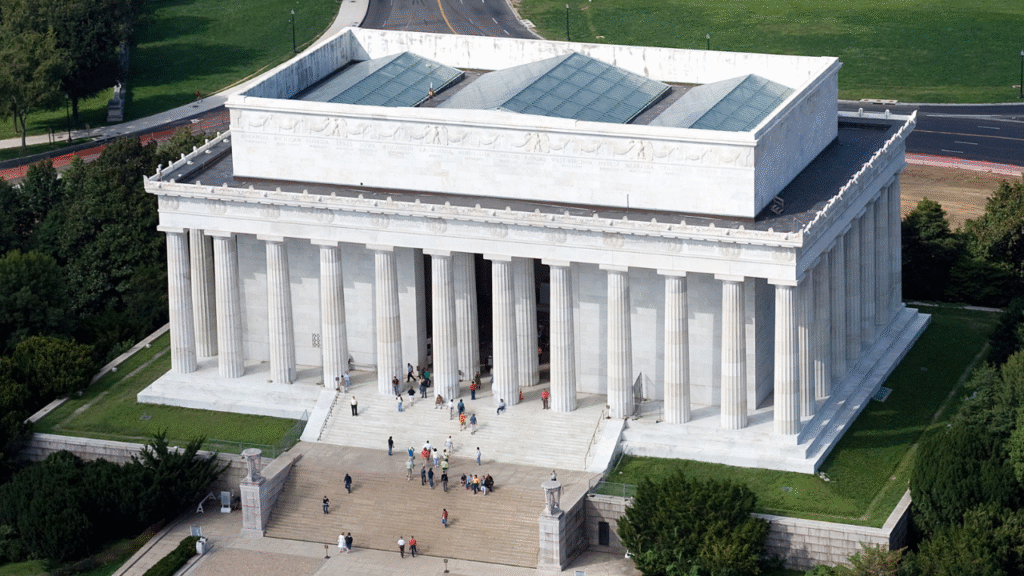The 10 Civil Rights Landmarks to Visit in the U.S. highlight the most powerful places where history was made and justice took root. The civil rights movement reshaped the moral landscape of the United States, transforming ordinary streets, churches, and courthouses into sacred symbols of courage and change. From the deep South to the nation’s capital, these sites tell stories of bravery, resilience, and unity in the face of oppression.
Visiting them is more than a walk through history—it’s a journey through the heart of America’s ongoing struggle for equality. Whether you’re tracing the steps of Dr. Martin Luther King Jr. or standing on bridges where change began, these destinations offer a profound reminder that the fight for freedom continues today.
1. Edmund Pettus Bridge – Selma, Alabama
Standing over the Alabama River since 1940, the Edmund Pettus Bridge became a symbol of resilience during the 1965 Selma to Montgomery marches. On “Bloody Sunday,” peaceful marchers demanding voting rights were attacked by police, shocking the nation. Today, walking this bridge is a moving experience, especially during the annual Selma Bridge Crossing Jubilee, which commemorates that historic struggle. The bridge remains a testament to how courage and unity can drive lasting change in America’s civil rights journey, and it’s featured in our Best Historic Landmarks in America.
2. Martin Luther King Jr. National Historical Park – Atlanta, Georgia
Located in Dr. King’s hometown of Atlanta, this expansive site preserves his boyhood home, the Ebenezer Baptist Church, and the King Center, where he and Coretta Scott King are buried. Visitors can walk through his early years and see where he first preached the message that would change the world. It’s part of the National Park Service, making it one of the most visited historic sites in the South. The surrounding neighborhood continues to celebrate King’s legacy through festivals and cultural events featured in our Best U.S. Cities to Visit.
3. National Civil Rights Museum – Memphis, Tennessee
Built within the former Lorraine Motel, where Dr. King was assassinated in 1968, this museum chronicles the American civil rights movement from slavery through modern activism. The exhibits are immersive and deeply personal, using multimedia displays and preserved rooms to tell stories of perseverance and unity. Don’t miss the balcony where Dr. King spent his final hours, preserved exactly as it was. The museum powerfully connects visitors to the emotional and social struggles that reshaped a nation, and it’s part of our Most Iconic Cities in the South.
4. Brown v. Board of Education National Historic Site – Topeka, Kansas
In 1954, the Supreme Court’s landmark decision in Brown v. Board of Education declared segregation in public schools unconstitutional. The Monroe Elementary School in Topeka—one of the segregated schools involved in the case—now serves as a museum. Its exhibits show how this ruling sparked a nationwide push for desegregation and equality in education. Standing inside its halls today offers a profound sense of how one decision changed the course of American history.
5. Birmingham Civil Rights Institute – Birmingham, Alabama
Situated across from the historic 16th Street Baptist Church, this museum opened in 1992 to honor Birmingham’s central role in the civil rights movement. Exhibits detail the 1963 Birmingham Campaign, led by Dr. King and Fred Shuttlesworth, and the tragic church bombing that killed four young girls. It’s a must-visit stop on the U.S. Civil Rights Trail, offering both reflection and inspiration. Visitors often describe the experience as both heartbreaking and hopeful, encapsulating the power of collective resilience.
6. The Legacy Museum and National Memorial for Peace and Justice – Montgomery, Alabama
Opened in 2018 by the Equal Justice Initiative, these two sites confront the painful history of slavery, lynching, and mass incarceration. The Legacy Museum uses interactive exhibits to connect America’s past and present racial injustices, while the nearby National Memorial for Peace and Justice honors over 4,000 victims of racial terror lynchings. Together, they represent one of the most profound civil rights experiences in the U.S. These sites stand as a sobering reminder of how remembrance and education foster empathy and progress.
7. Little Rock Central High School National Historic Site – Little Rock, Arkansas
In 1957, nine courageous Black students known as the Little Rock Nine integrated Central High School under the protection of federal troops, following the Brown v. Board decision. The school remains an active public high school and a National Historic Site, where guided tours recount the bravery of those students and the national impact of their actions. Their courage remains a defining moment in the history of American education reform.
8. Greensboro Sit-In Museum (International Civil Rights Center & Museum) – Greensboro, North Carolina
On February 1, 1960, four college students from North Carolina A&T sat at a segregated Woolworth’s lunch counter, sparking sit-ins nationwide. The original counter is still intact inside the museum, which opened in 2010 to commemorate this turning point in peaceful protest. Visitors can step into the scene that helped ignite youth-led civil rights activism across America. The museum continues to inspire new generations to use peaceful resistance as a force for change.
9. Medgar and Myrlie Evers Home National Monument – Jackson, Mississippi
Civil rights activist Medgar Evers was assassinated outside his home in 1963 for his work challenging segregation and advocating for voting rights. The modest ranch house, now managed by the National Park Service, preserves both his legacy and that of his wife, Myrlie Evers-Williams, who continued his mission. Touring this site offers a personal look into the human cost of the struggle for equality. It stands today as a powerful symbol of sacrifice and unwavering hope for justice.
10. Lincoln Memorial – Washington, D.C.
On August 28, 1963, over 250,000 people gathered at the Lincoln Memorial for the March on Washington, where Dr. Martin Luther King Jr. delivered his iconic “I Have a Dream” speech. This national monument, dedicated in 1922, has since become a symbol of freedom and justice, drawing millions who come to reflect on America’s continuing pursuit of equality. The memorial remains a living stage for peaceful demonstrations and unity in the nation’s capital, featured in our Best U.S. Monuments to See Once in a Lifetime.


